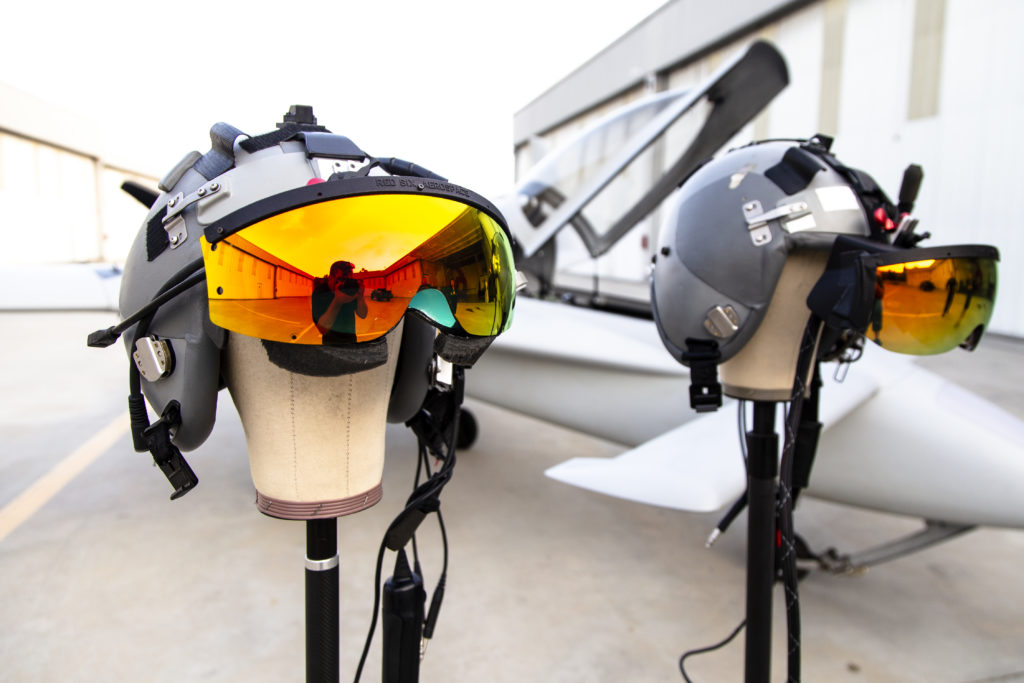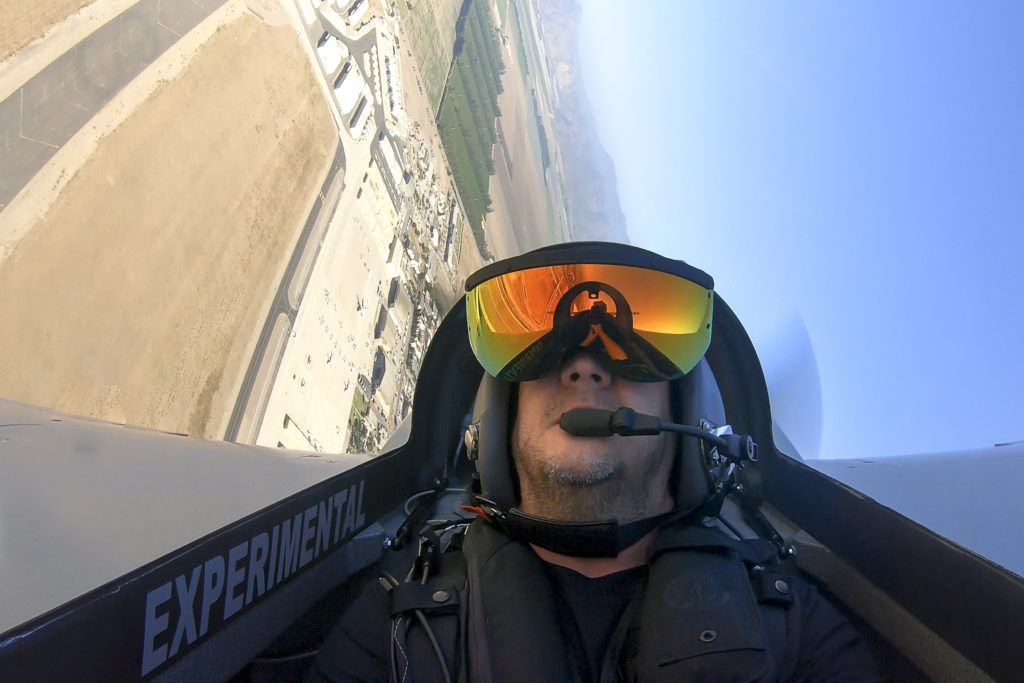Estimated reading time 11 minutes, 46 seconds.
For many years, training military pilots to fly, fight, and win has been done on the ground inside simulators — and, of course, in the air actually flying (think of the movie Top Gun). But such flying is very costly to taxpayers and, the truth is, training against a 20-year-old F-16, F-18, or privately-owned 3rd generation fighter (Red Air) just doesn’t replicate modern day threats (China’s J-20 or Russia’s Su-57). And using modern day F-35s or F-22s to train against is simply too costly.
What if pilots could bring the simulation into the sky? What if the aircraft that pilots train against, and fly with, are simulated? Until recently, such technology was not possible. But that’s now changing.
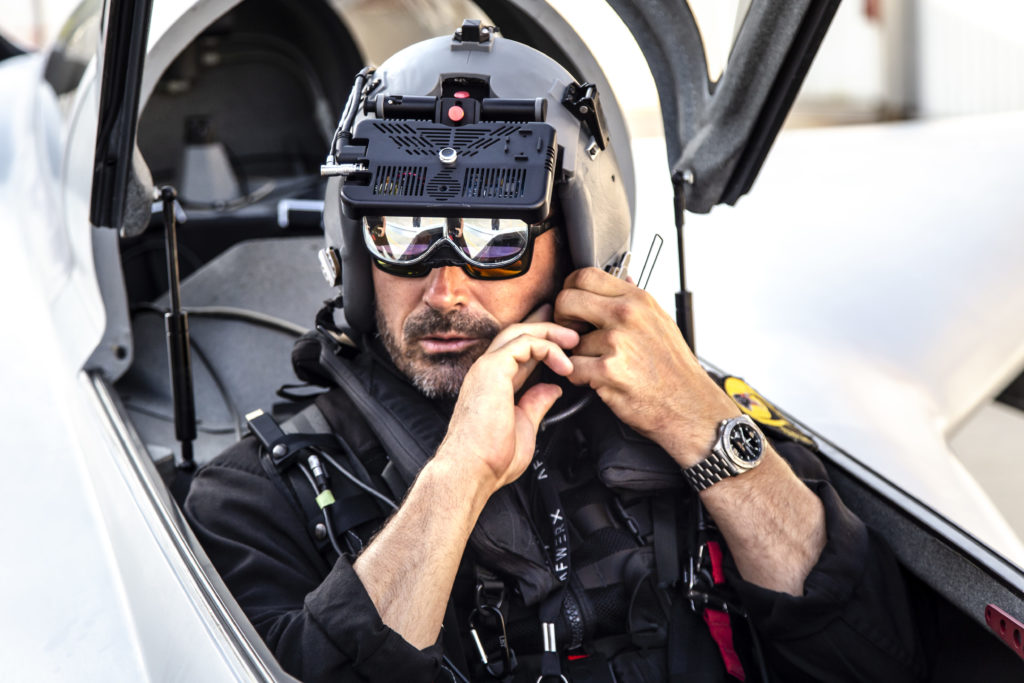
“For us to train against those threats, we need to be able to simulate them, and we just can’t do it. If we’re not scared of that, we should be,” said Red 6 CEO Daniel Robinson, who co-founded the Florida-based defense tech company in 2018. He’s a former RAF Tornado pilot and the first foreign national to fly the F-22. He also graduated from both the U.K. and U.S. Air Force (USAF) fighter weapons schools.
“Everyone realizes the limitations to providing Red Air; there’s a chronic under-supply, and even with all the private contractors and the billions of dollars allocated to it, there’s still about a 75 percent demand gap,” said Robinson. “The USAF alone is 2,000 pilots short, and spending $1.2 billion per year to provide adversary air that is unable to simulate near peer adversaries.”

Red 6 believes the answer to this problem is with augmented reality (AR), and both Lockheed’s legendary “Skunk Works” and the USAF believe so, too — and are investing quite a bit into what Red 6 is developing. AR is different than VR (virtual reality) in that VR is a completely made up environment; you can’t see the real world. But in AR, you can see everything in the real world, and add synthetic objects (such as aircraft) into it.
Previously, the biggest problem with AR was that it didn’t work outdoors. It wasn’t bright enough, and couldn’t track properly. In order for a computer to pretend a synthetic object is real, it needs to know exactly where your head is, which way it’s turned, and which way your eyes are pointing; as your head and eyes move around, it needs to constantly re-draw the object. That’s the key issue Red 6 has solved, developing what they call the Airborne Tactical Augmented Reality System, or ATARS.
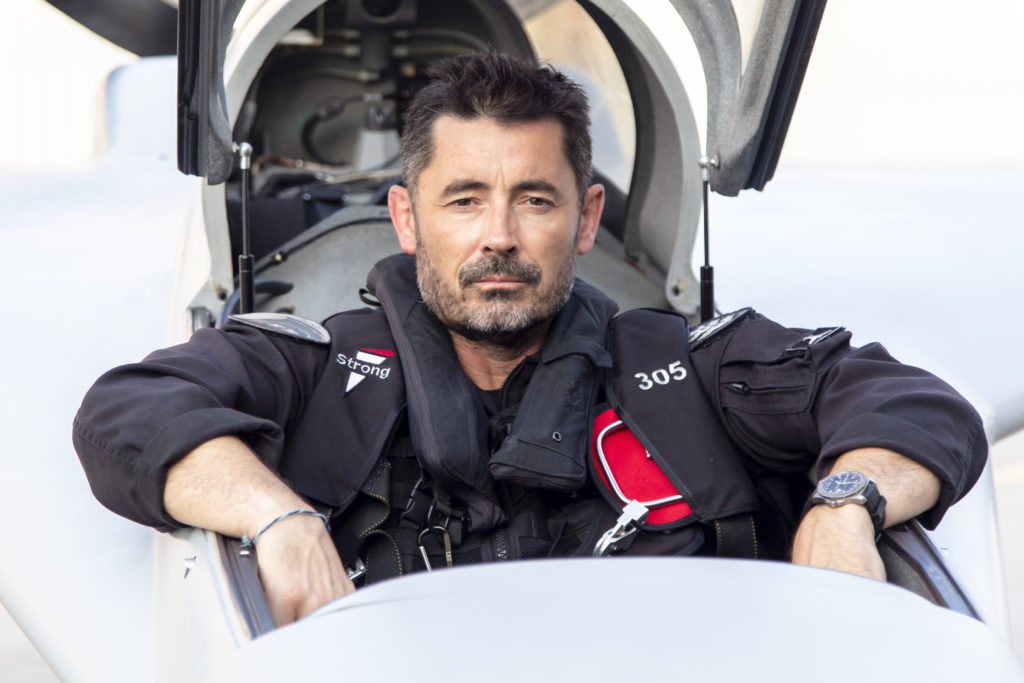
“ATARS allows us to takeoff, look out the canopy and see an aircraft in wide-field of view, in full color and high resolution, which is able to maneuver against you and you against it,” said Red 6 CTO Nick Bicanic. “We built a video game in the sky, except it’s not something you play for fun. It’s a highly accurate, high-fidelity simulation to enhance training capabilities and the war fighter. Everything we’ve built was based on moving quickly and showing a solution to a problem, rather than creating technology and having to then find a problem for it.”
Currently, for the first time ever, the USAF is operating under capacity and under-prepared for a potential conflict with Russia or China. America cannot assume winning a conflict in the same way it has for decades. The USAF cannot retain their pilots, nor do they have sufficient aircraft. Most importantly, they’re not able to train against what they would actually see in a modern conflict with Russia or China.

“If we do not innovate, we are going to lose, period,” said Col Randel “Laz” Gordon, vice commander of the 412th Test Wing at Edwards AFB in southern California. “We were familiar with the dream and the concept (AR in-flight training), but we were always told that was years away. And then we walk in and actually realize, no, it’s today.”
CEO Robinson added: “The beauty of AR is, if we have the intel on the platforms, which we do, then it’s just a simple matter of code. We can code anything, so you can go up and train against anything.”
Any computer-generated images can be flown by either AI or a real pilot on the ground.
Red 6 is developing ATARS by flying an experimental piston-powered Berkut as the test platform. Four key modules are integrated into it; one to track the aircraft, one to track the head, one to create the wide-view AR — which draws the image for the pilot of whatever scenario is being flown — and one which is the main brain of everything.
The cockpit itself is extremely modern; there’s not a flight instrument in it. A simulated tactical display, similar to an F-22 or F-35, is mounted below the main instrument panel, providing info on position relative to the bulls-eye; Robinson can cycle from looking at things in front of him to things around him. When a target appears, he can move a cursor over the target and click on it to see its information, such as speed, altitude, distance, and bearing. Once the target is selected, it appears in the visor as a green circle target designation.
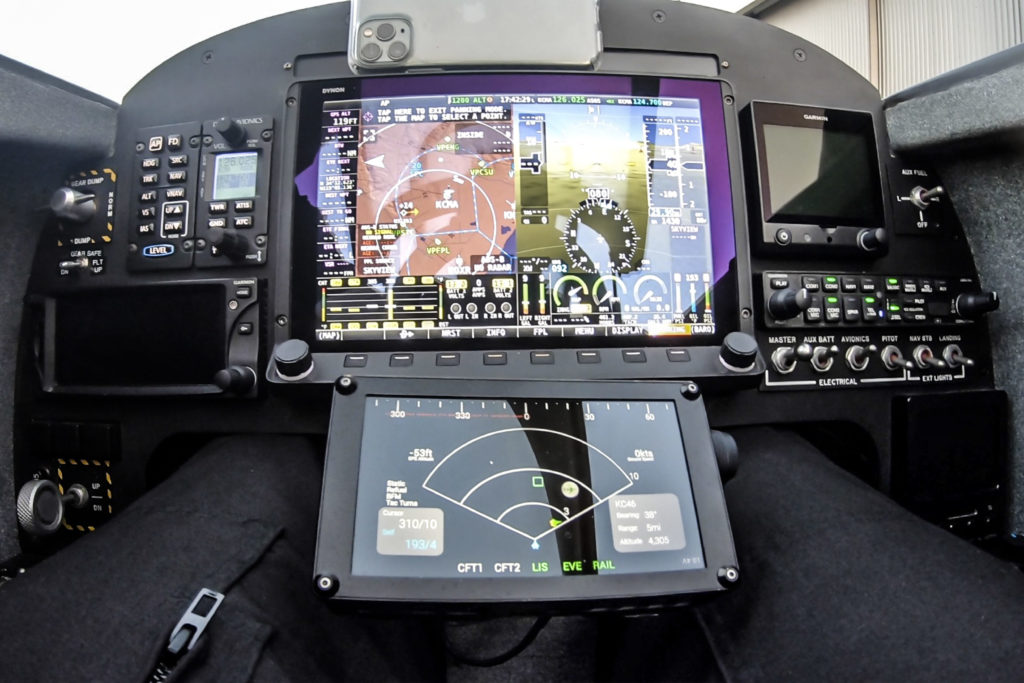
In just one mission the pilot can practice refueling and then join a simulated wingman, then go into a dogfight, or any scenario you can think of. I had the opportunity to fly with Robinson and demo ATARS myself, and I have to say, I was blown away by how realistic it was. We flew a refueling simulation, then joined formation with a F-22, and then simulated a dogfight against a Su-57 bandit. Never before have I actually truly felt like a simulation was real; it was easy to see how ATARS is a game-changing development.
The USAF recently signed a $70 million contract with Red 6 to install the AR into a T-38 training jet within the next year — to validate that it’s safe and evaluate it in their own scenarios. Robinson hopes to see ATARS be incorporated into F-16s, and ultimately hopes to see ATARS become an operational part of USAF pilot training within the next five to seven years.
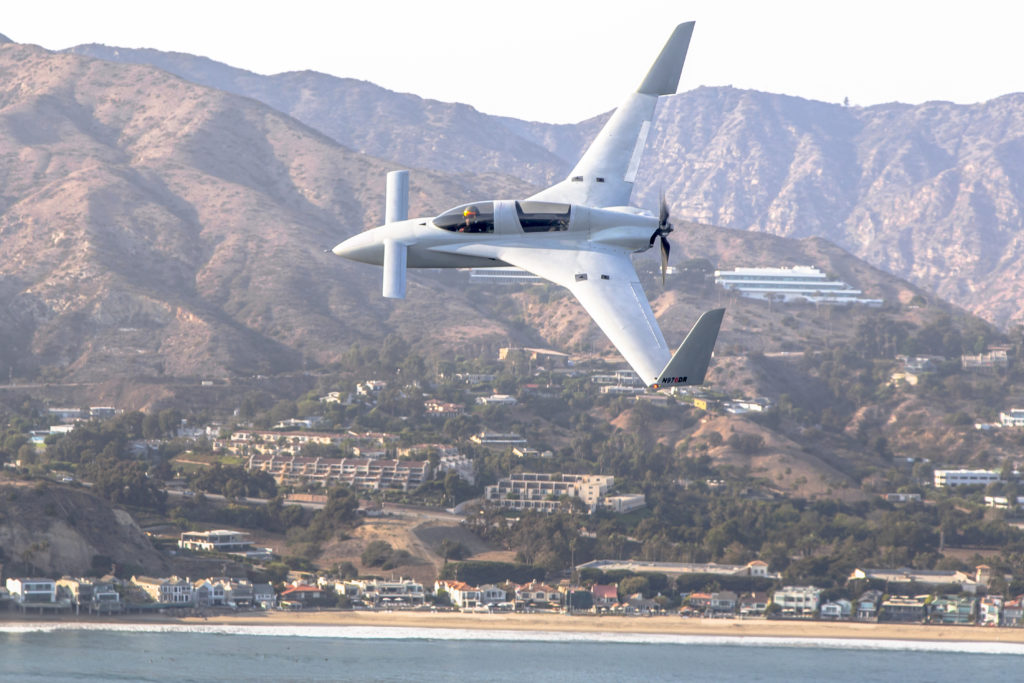
And while Red 6 started with addressing USAF combat pilot training problems — because it is the most challenging aspect and the problem they know the most about — ultimately, they intend to fully expand from there to a Joint Augmented Battle Space aiding all branches of the U.S. military. The possibilities are endless.
